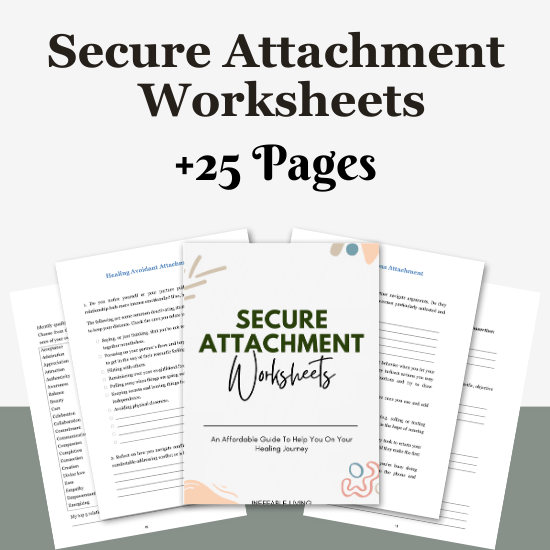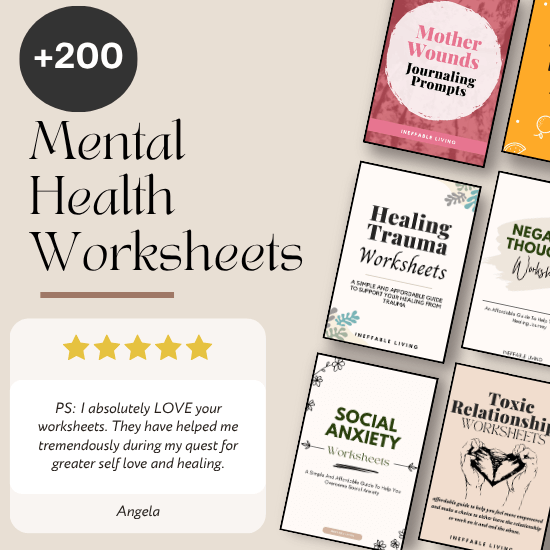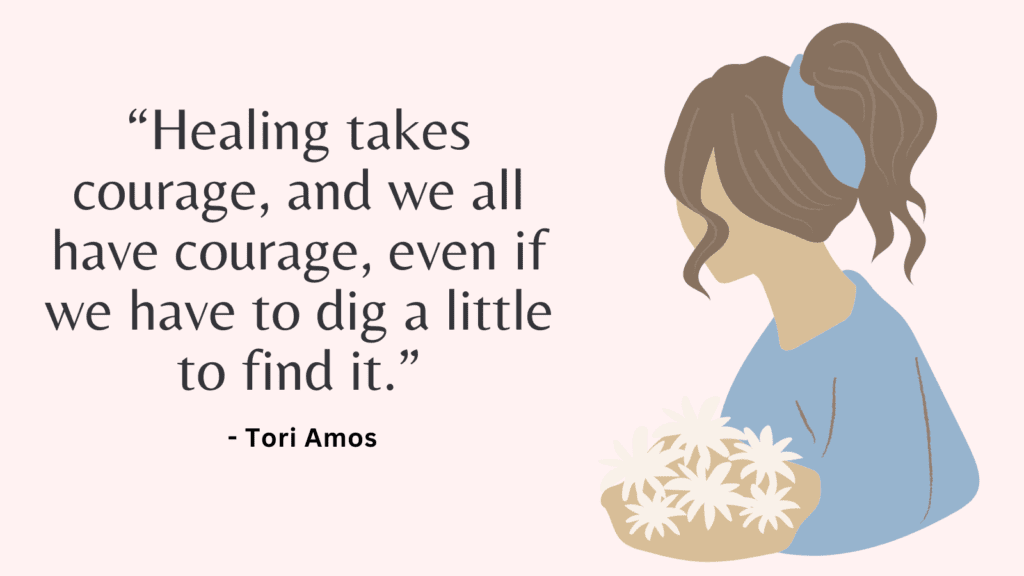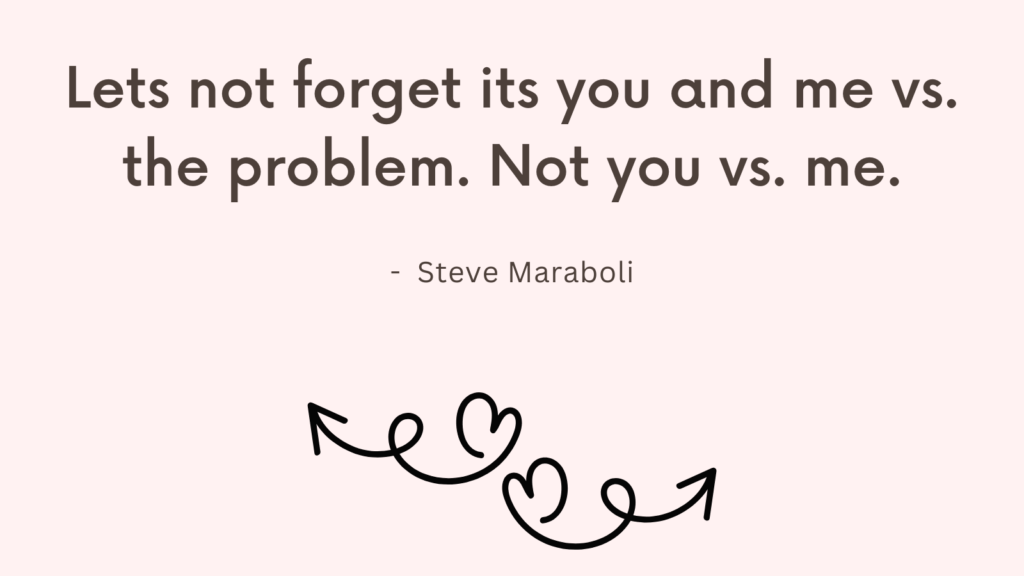Secure attachment is the foundation of healthy, fulfilling relationships.
It develops in childhood when caregivers consistently provide love, support, and reassurance.
In adulthood, secure attachment manifests as the ability to connect deeply with others while maintaining a strong sense of independence.
Here’s what secure attachment looks like in relationships, work, and everyday life.
Attachment Theory Explained
Attachment theory is a psychological framework that explains how our early relationships with caregivers shape the way we form emotional bonds later in life—especially in romantic relationships and friendships.
Where Did Attachment Theory Come From?
Attachment theory was first developed by psychologist John Bowlby in the 1950s. He noticed that children need a secure emotional bond with a primary caregiver in order to develop healthily. Later, researcher Mary Ainsworth expanded on his work by identifying different attachment styles through her “Strange Situation” experiments with infants.
Related: Healing Anxious Attachment In Adults In 5 Steps
The Main Attachment Styles:
1. Secure Attachment
- Comfortable with closeness and independence
- Able to trust, communicate, and resolve conflicts in a healthy way
- Believes they are worthy of love and trusts that others can be dependable
2. Anxious Attachment
- Craves closeness but fears abandonment
- Highly sensitive to signs of rejection or disconnection
- Needs frequent reassurance and may struggle with self-worth in relationships
3. Avoidant Attachment
- Values independence and often feels uncomfortable with deep intimacy
- Suppresses emotions and tends to withdraw when relationships become emotionally intense
- May downplay the importance of relationships to protect themselves from vulnerability
4. Fearful Avoidant (Disorganized) Attachment
- Deeply craves love but is also terrified of getting hurt
- Experiences strong push-pull behavior: wanting closeness but pushing it away when it feels threatening
- Often linked to past trauma, loss, or inconsistent caregiving
Why Does Attachment Style Matter?
Your attachment style influences how you:
- Choose partners and friends
- Handle conflict and emotional intimacy
- React to stress in relationships
- Communicate your needs and respond to others’ needs
Can Attachment Styles Change?
Yes. While early experiences shape your attachment style, it’s not set in stone. Through self-awareness, therapy, healthy relationships, and emotional work, people can move toward a more secure attachment over time.
How Does a Secure Attachment Look Like?
Securely attached individuals share key traits that foster healthy connections and emotional stability.
1. Emotional Traits:
Self-confidence: They have a strong sense of self-worth and believe in their ability to handle challenges.
Emotional regulation: They can manage their emotions without feeling overwhelmed.
Empathy: They understand and validate others’ feelings, creating deeper bonds.
2. Relational Traits:
Comfort with intimacy: They enjoy close relationships and can express affection without fear of rejection.
Healthy independence: They value their own autonomy while respecting others’ boundaries.
Trust and reliability: They trust their partners and are consistent in their actions.
Related: Earned Secure Attachment: What Is It And How To Become More Securely Attached?
3. Behavioral Traits:
Effective communication: They express their needs and feelings openly without aggression or avoidance.
Conflict resolution: They address issues calmly and seek solutions rather than blaming or withdrawing.
Resilience: They bounce back from setbacks and view challenges as opportunities for growth.
4. Romantic Relationships:
Emotional availability: They are open about their feelings and create a safe space for their partner to do the same.
Balance: They don’t fear dependence or independence, creating a relationship where both partners feel valued.
Constructive conflict: Disagreements are handled with patience and a willingness to listen, rather than avoidance or escalation.
Related: Healing Anxious Attachment In Adults In 5 Steps
5. Friendships:
Mutual support: They offer and seek support without feeling like a burden or overly dependent.
Longevity: Their friendships tend to be stable, built on trust and shared values.
Healthy boundaries: They can say “no” without guilt and respect their friends’ boundaries as well.
6. Workplace Traits:
Confidence in abilities: They are comfortable taking on new challenges and seeking help when needed.
Collaboration: They work well in teams, balancing their contributions with respect for others’ input.
Resilience: They handle criticism constructively and bounce back from setbacks with determination.
Related: Top 65 Journal Prompts For Anxious Attachment
7. Parental Traits:
Consistency: They provide reliable care and emotional support, helping children feel secure.
Encouragement: They foster independence while offering a safety net for their children to explore.
Modeling healthy behaviors: They demonstrate emotional regulation, effective communication, and conflict resolution, teaching their children by example.
8. Internal Feelings:
Safety and trust: Securely attached individuals feel comfortable being themselves and trusting others.
Calmness: They don’t experience excessive anxiety or fear in relationships.
Self-acceptance: They embrace their strengths and acknowledge their flaws without self-criticism.
Related: Anxious Preoccupied Attachment Style (What Is It & How To Overcome It?)
How to Cultivate Secure Attachment?
If you didn’t develop a secure attachment style in childhood, it’s possible to foster secure behaviors as an adult.
1. Get Curious About Your Attachment Patterns
Notice how you react to intimacy, conflict, and emotional needs—without judgment. Awareness is the first step toward change.
2. Learn to Regulate Your Emotions
Practice calming techniques like deep breathing, grounding exercises, or short mindful pauses when you feel triggered or overwhelmed.
3. Challenge Your Old Narratives About Love and Safety
If you believe “I’ll always be abandoned” or “Closeness is dangerous,” gently question whether that belief still serves you.
4. Communicate Your Needs Clearly and Directly
Ask for what you need without over-explaining or apologizing. Healthy communication builds emotional safety.
5. Practice Trust in Small, Measurable Steps
Instead of expecting yourself to fully trust overnight, practice trusting people with small things and build up over time.
6. Allow Yourself to Receive Love Without Shrinking or Earning It
You don’t have to prove your worthiness. Practice sitting with love, kindness, and care without pushing it away.
7. Choose Relationships That Feel Emotionally Safe
Pick people who are consistent, respectful, and open—not those who trigger your fears or make you chase validation.
8. Repair After Conflict Instead of Avoiding or Exploding
Conflict isn’t a threat in secure relationships—it’s an opportunity to understand, repair, and build deeper trust.
9. Develop a Strong, Compassionate Inner Voice
When insecurity rises, talk to yourself like you would to a scared child or a close friend—not with harshness, but with care.
10. Remember That Progress Is Nonlinear
Healing attachment wounds doesn’t happen all at once. Some days you’ll fall back into old patterns—and that’s okay. Each repair strengthens you.
Related: Top 9 Avoidant Attachment Triggers (+7 Tips On Overcoming Avoidant Attachment Style)

Conclusion
Secure attachment is a cornerstone of emotional health, empowering individuals to build strong, lasting relationships while maintaining independence and self-worth.
Whether you naturally developed this style or are working toward it, secure attachment creates a life rich with connection, trust, and resilience.



